The Sewing Machine Project Welcomes Bhutan Immigrants
From Margaret Jankowski, The Sewing Machine Project:
The Sewing Machine Project began running local sewing lessons early in 2012 at a Madison, Wisconsin, community center. The Catholic Multicultural Center serves a diverse population united by poverty and need for connection. We began our classes by reaching out to newly arrived immigrants from Bhutan. I couldn’t imagine how these lovely, gentle people were navigating our (relatively) big city. From buses to schools to our giant, well-stocked grocery stores, not to mention that most spoke solely Nepali, it seemed nearly impossible to me that they could assimilate into our community.
As I reflected on how to appropriately welcome them, I wondered if they’d be interested in learning to sew by machine. Their culture held a rich tradition of hand sewing, but machines? Not so much. So we asked and were met with an overwhelming “Yes!” We decided that the best idea was to teach them on machines that had been donated to The Sewing Machine Project and then gifting them these machines at graduation. Every week they would work on the same machine, allowing them to become acquainted with their own machine. Lessons began, working through an interpreter—6 weeks of machine training, simple projects, and lessons in mending.
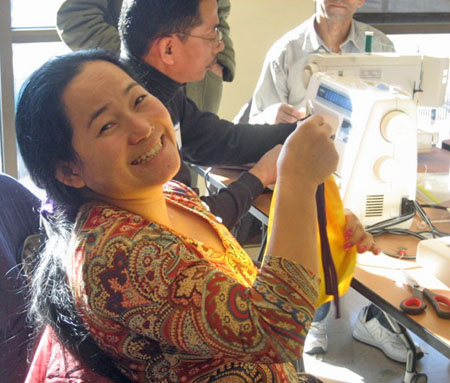
Every week the room was abuzz with conversation that I couldn’t understand. The class was made up of mostly women but a few men attended as well. Students helped each other, chatting and laughing throughout the two-hour sessions. The layer I hadn’t expected was how important these classes were for building community. Because the men had found jobs and the women were at home, many women were homebound—afraid to go out into a culture so different with a language they couldn’t understand. These classes gave them a safe place to gather and learn together—creating community. The students taught us words in Nepali while we helped them work on their English. Our communities embraced one another as we learned to know one another.
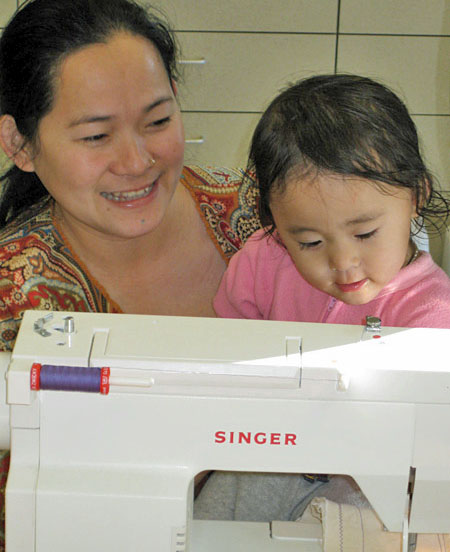
When the class was over students begged for a follow-up class, so an Intermediate class was added for the second semester along with another Beginning class. Students from the first session “Paid it Forward”—a key Sewing Machine Project principle—by returning to translate and assist with new students in the next semester.
The Bhutanese immigrants are assisted by nonprofit organizations. In our city, mentors are assigned to each new family, helping them navigate this new world. A friend of mine who is a mentor called to tell me she had visited a student’s home and seen that she had sewn a lovely, lacy drape for over her machine, which was on its own tiny table in the living room of their tiny apartment. This student had begun mending things for others in her community to supplement her family’s income, as well as sewing for her children.
Our local classes have now expanded to include adult students from Madison, Mexico, and Peru…all sharing this great need for a new path, a new hope. How wonderful that this hope can come in the form of a sewing machine!
We are now sharing this “blueprint”—including curriculum and our SMP guidelines—along with sets of machines, to groups around the country who recognize a need in their own communities. From low-income folks in Mississippi to Somali refugees in Minnesota to women in recovery in Florida, “need” can take on so many forms. There is great power in offering a tool and education to anyone, especially those with limited means. I look at it as offering the keys and the gift of possibility—giving hope where there had been none. We use the machines generously donated by stitchers around the United States to offer to those we serve. There is great power in mending communities.
What you might also like
2 comments on “The Sewing Machine Project Welcomes Bhutan Immigrants”
-
-
What a great idea, worth looking into in my community. Thank you.
Leave a Reply
You must be logged in to post a comment.
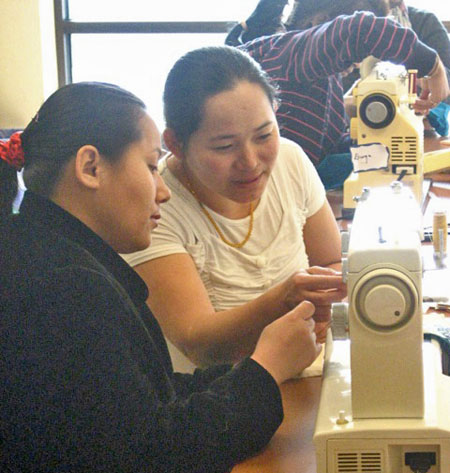





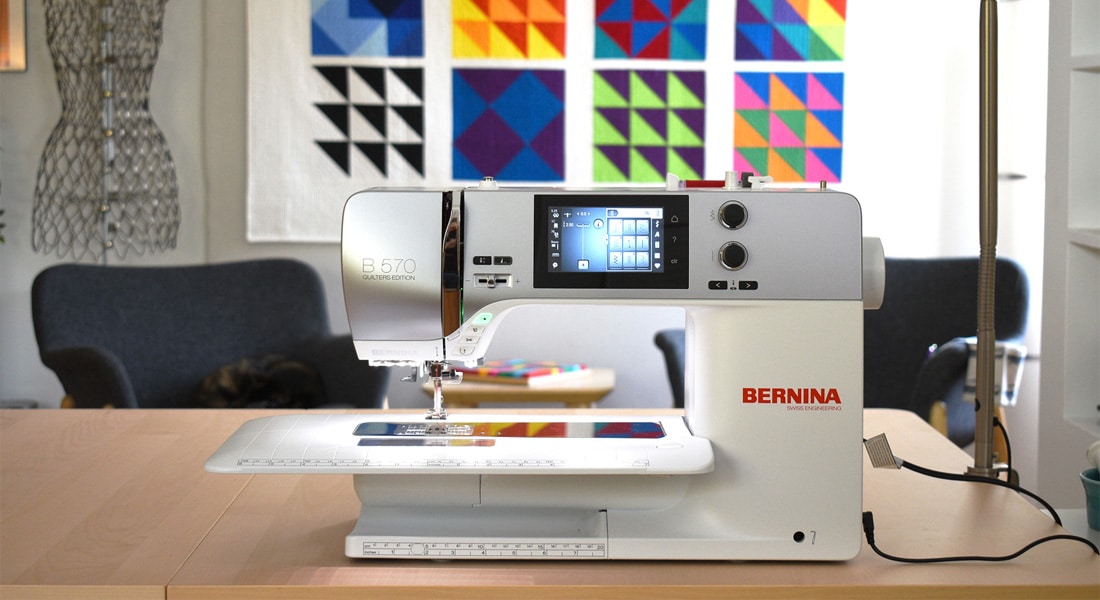
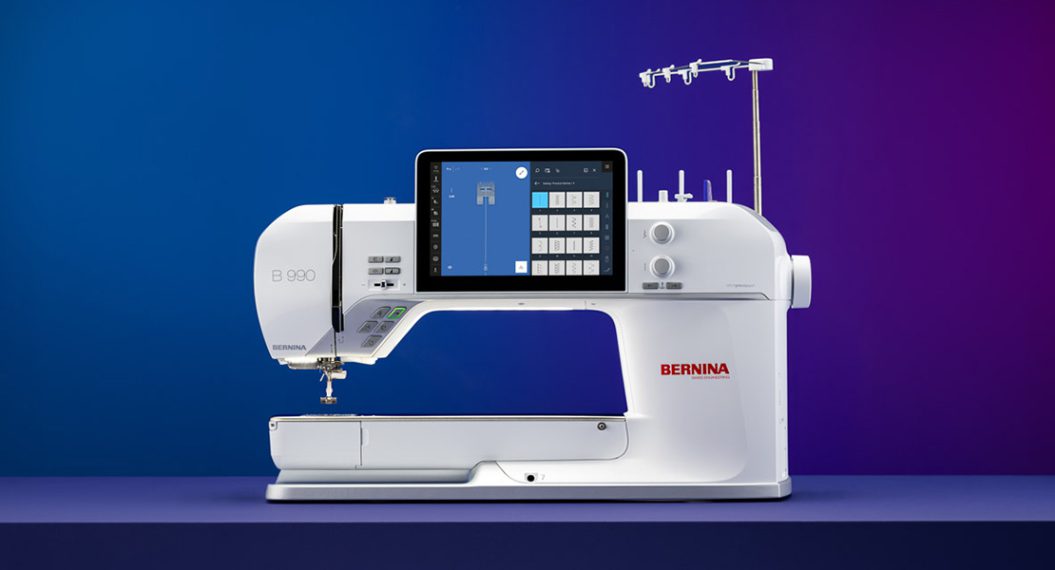
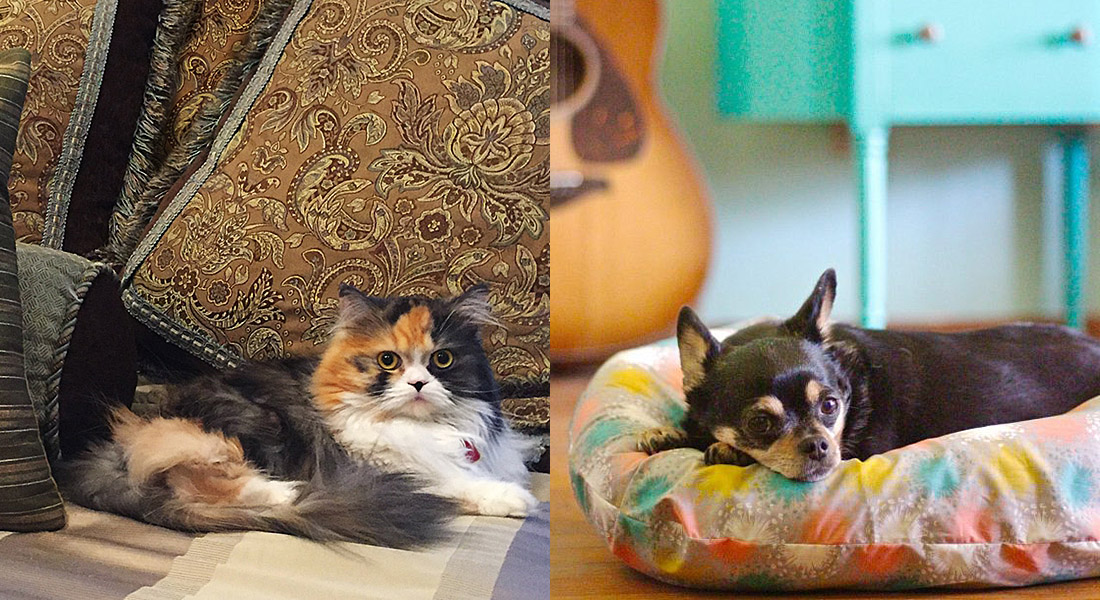
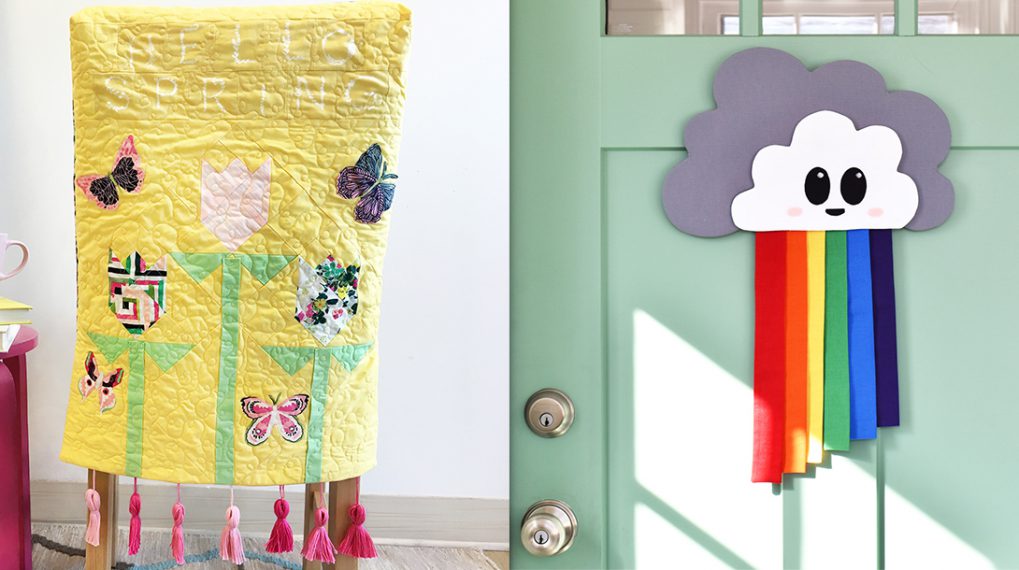
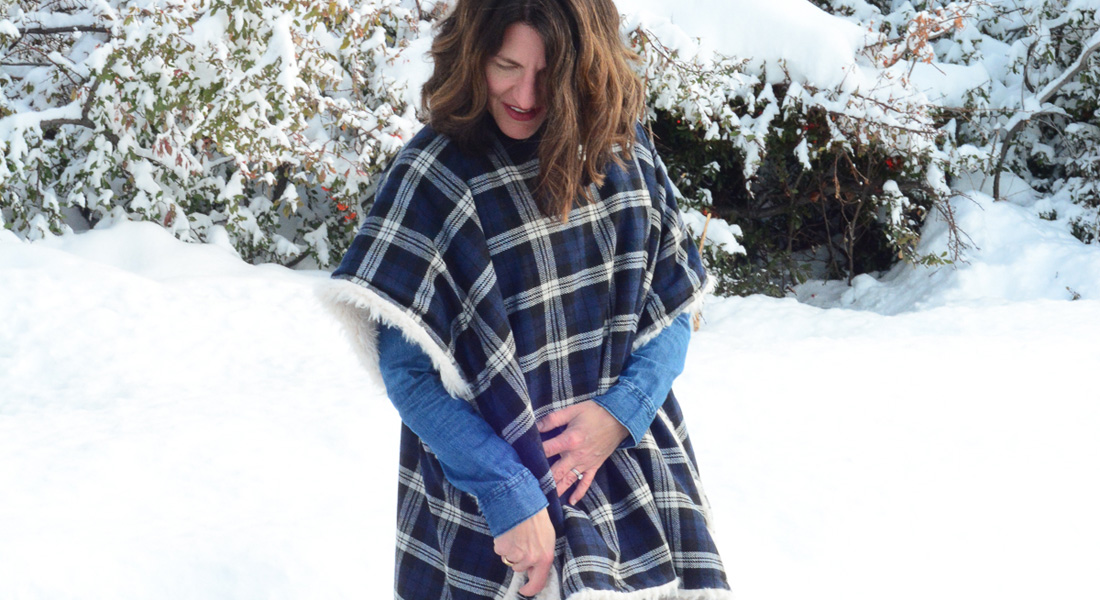
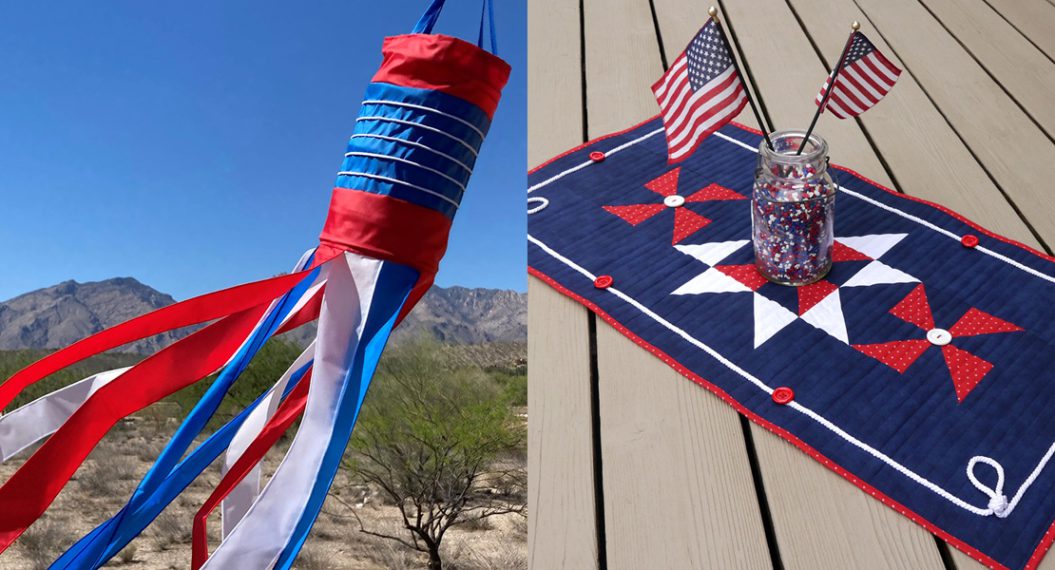
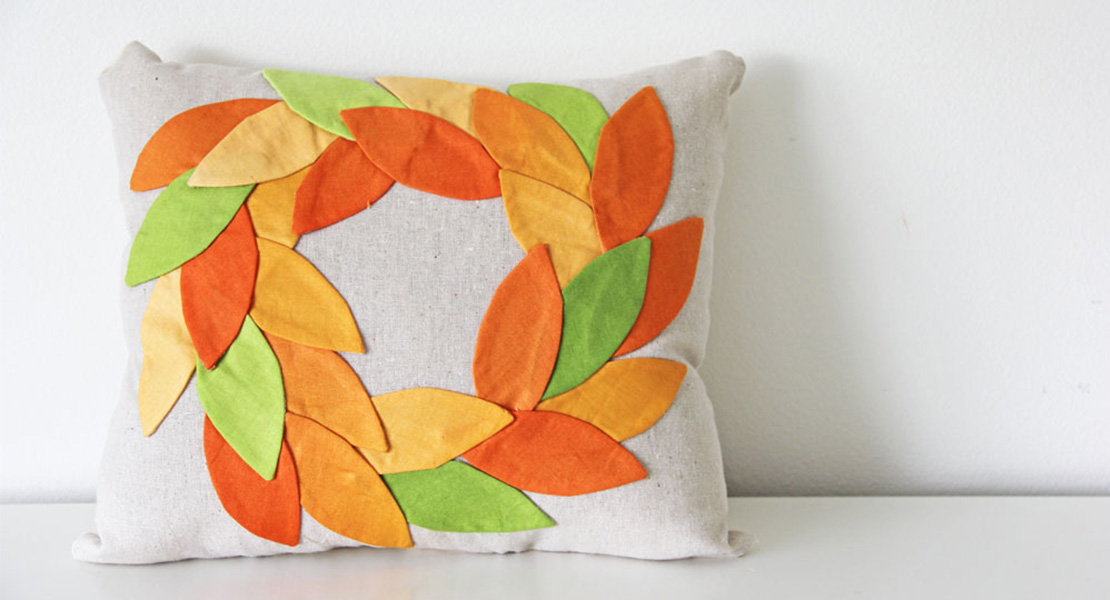

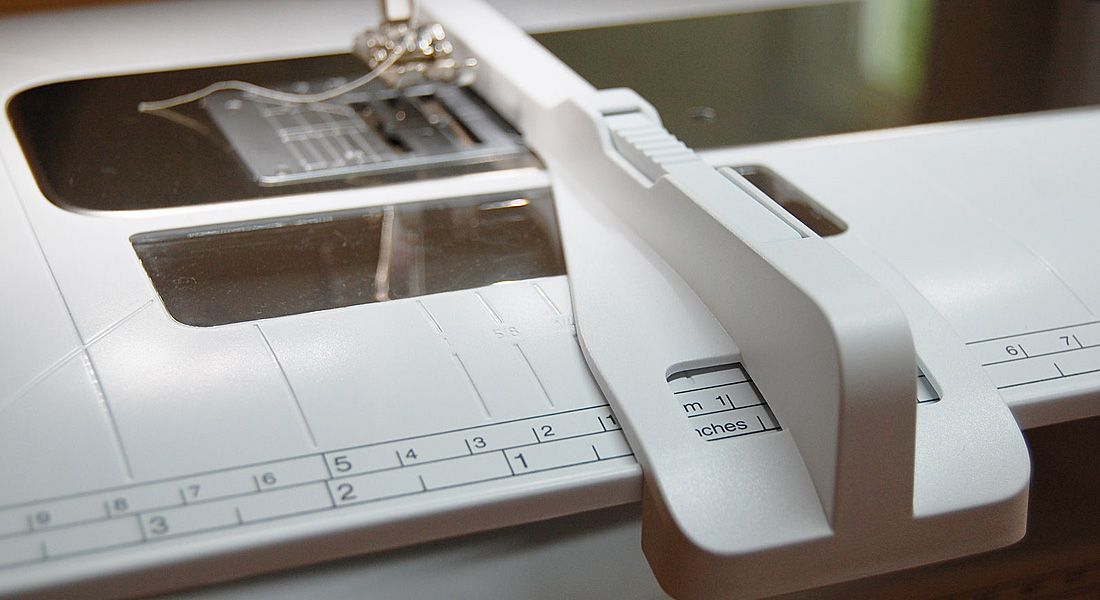

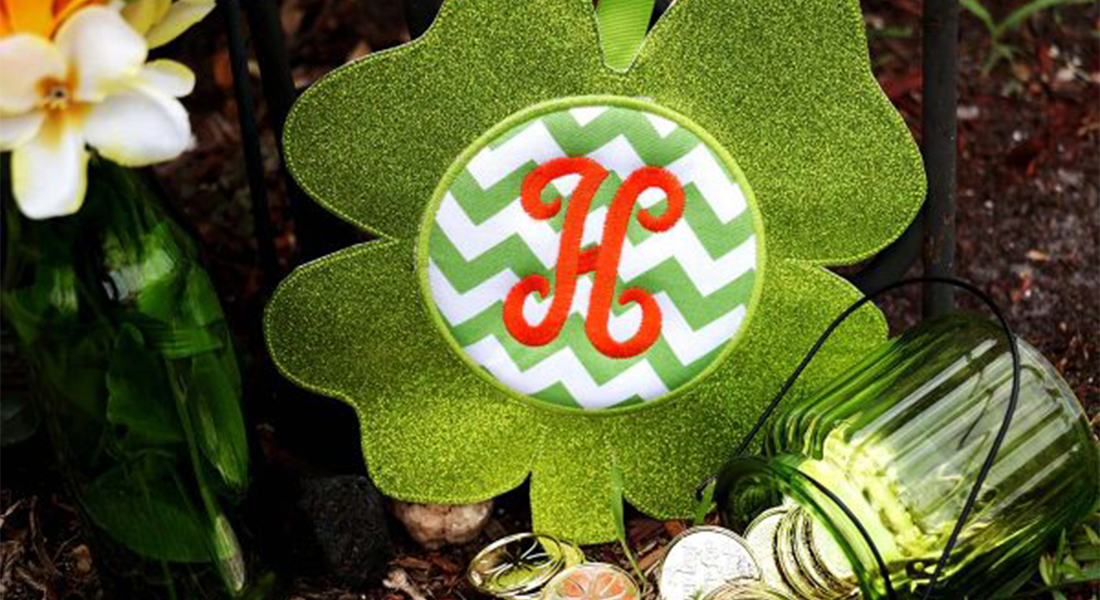
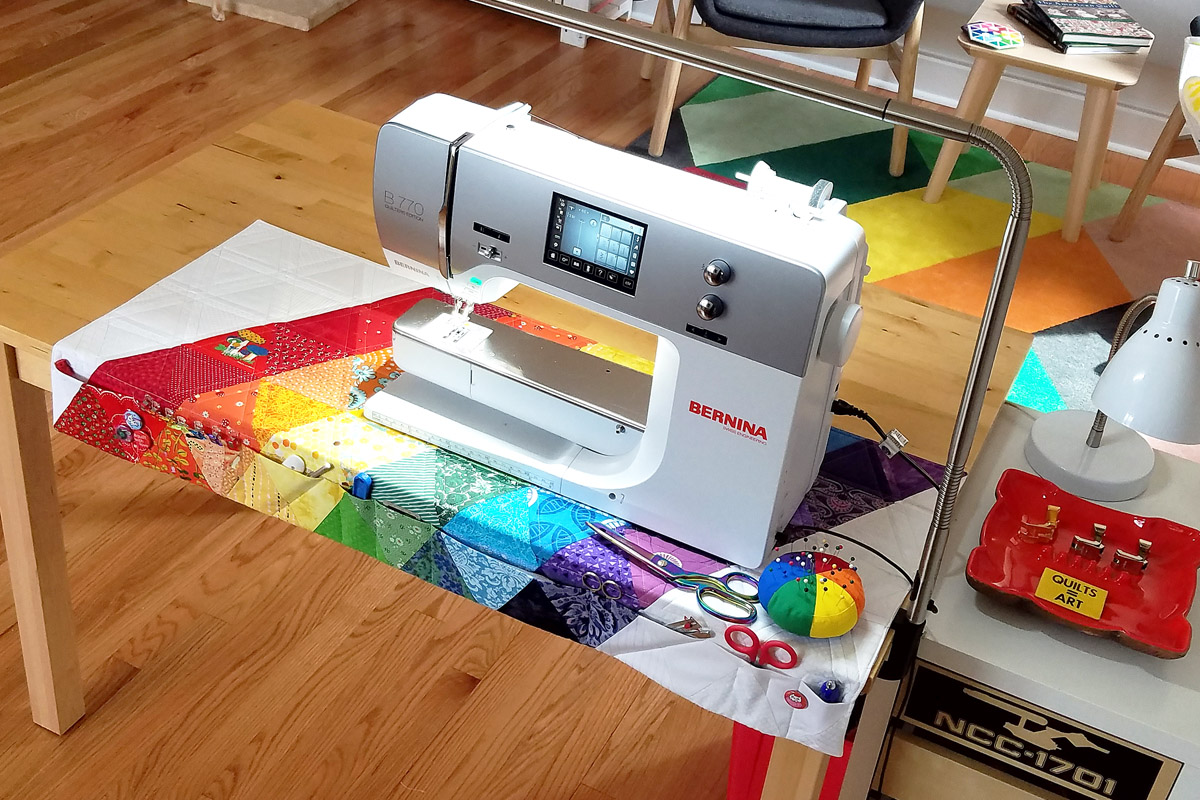
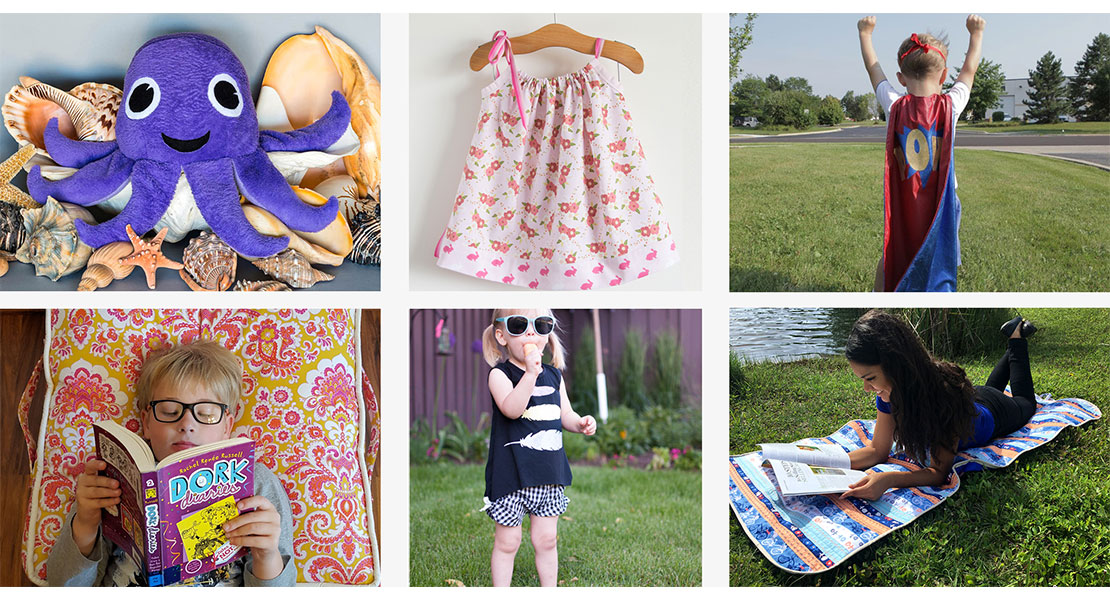
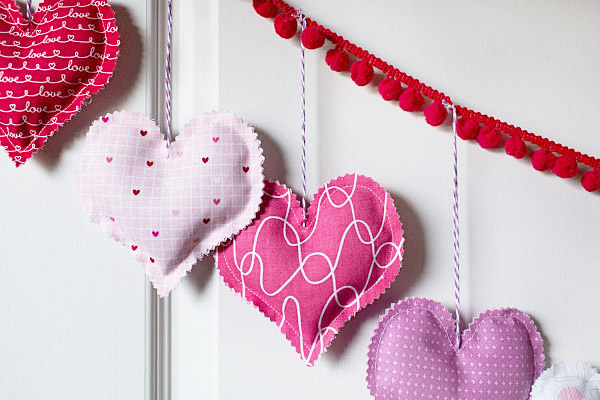
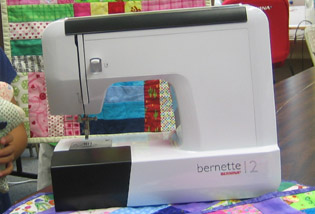
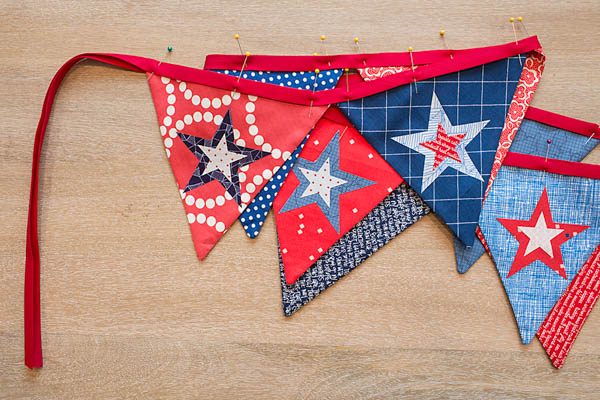
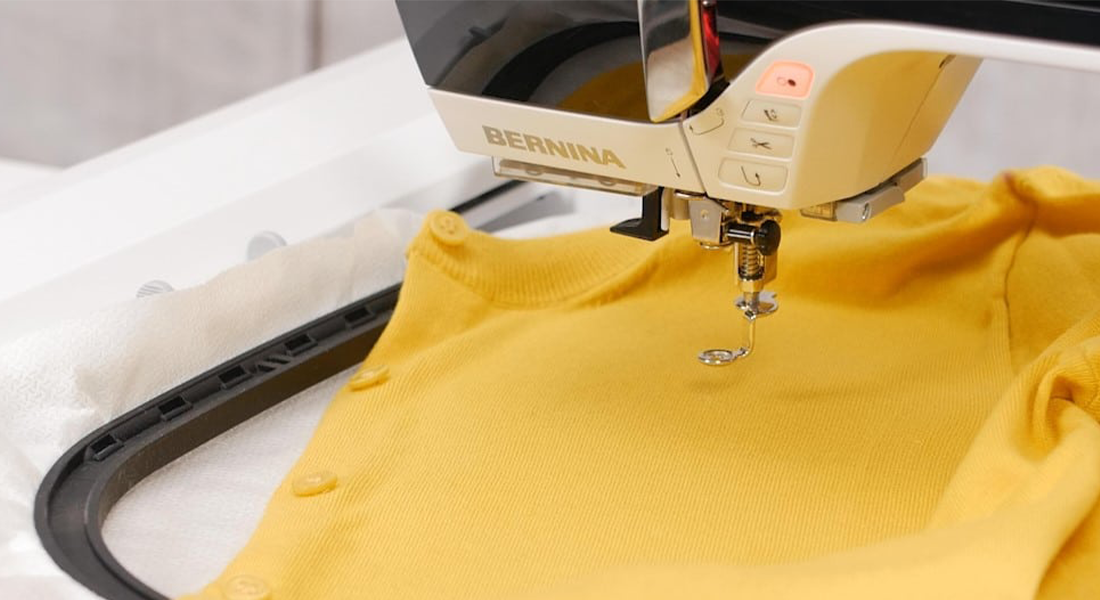

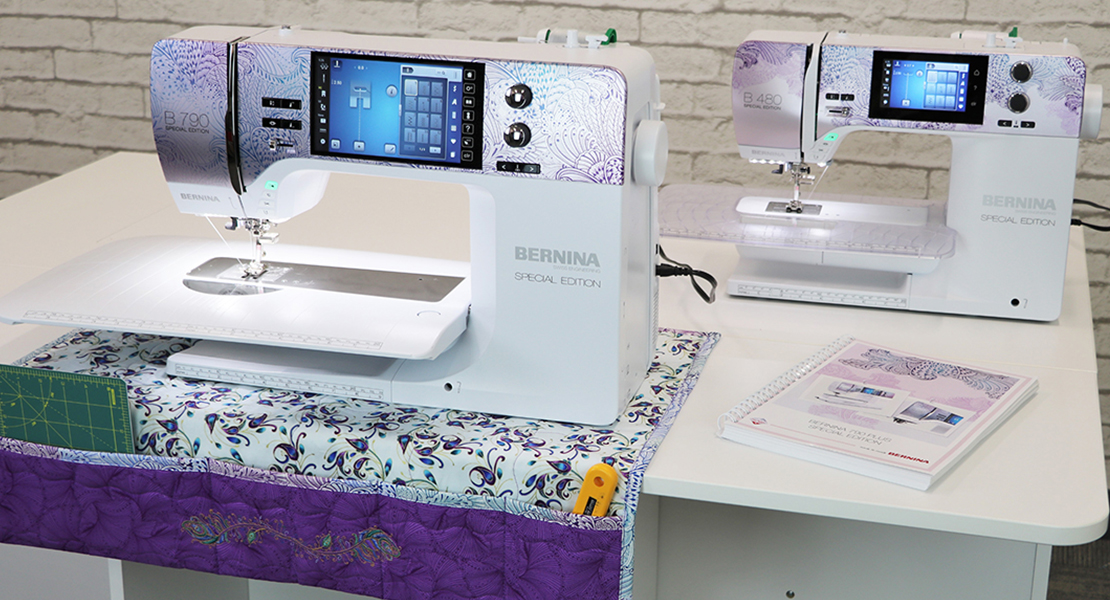
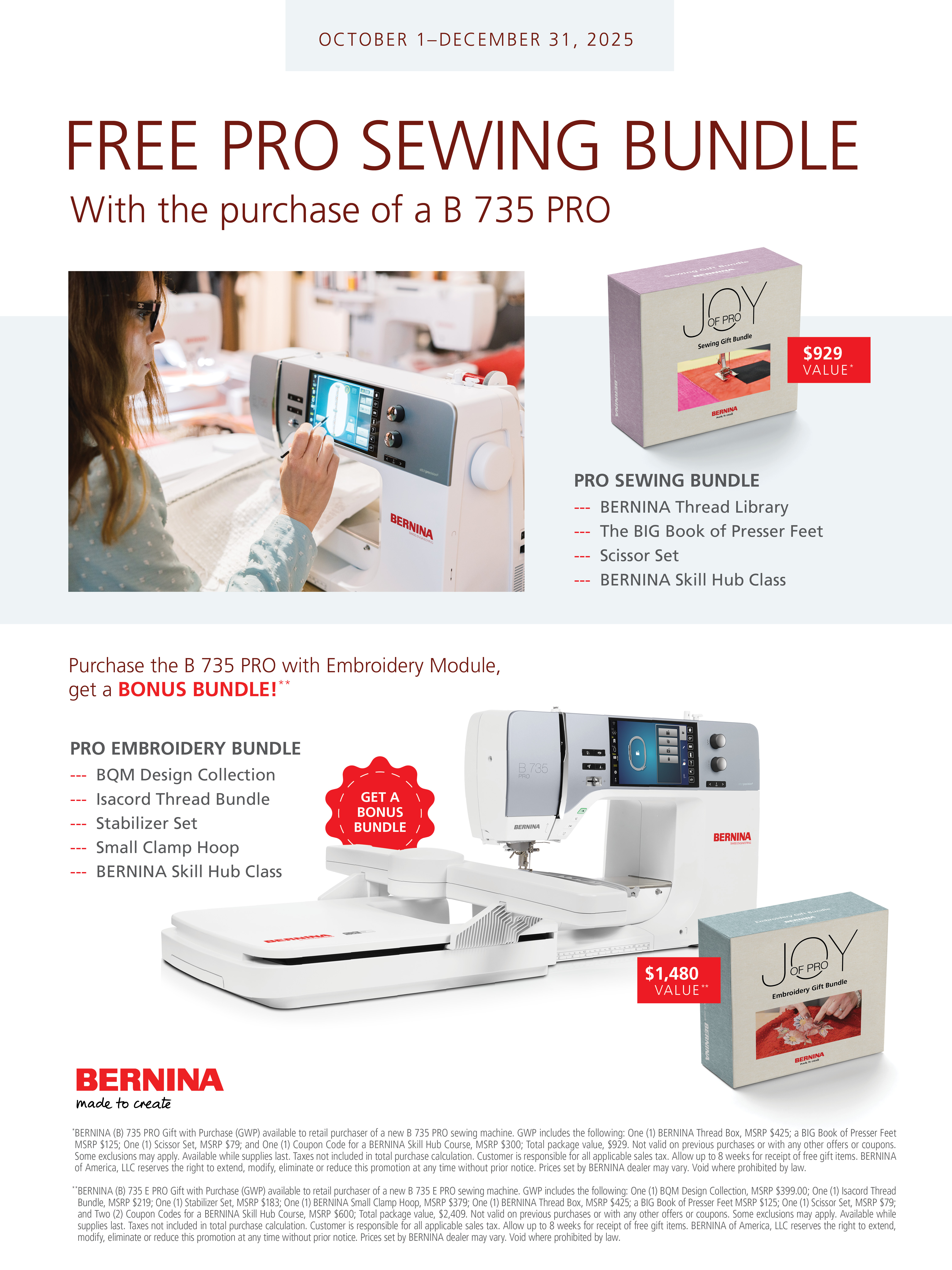
This is awesome!!! Thanks for your kindness and service!!!